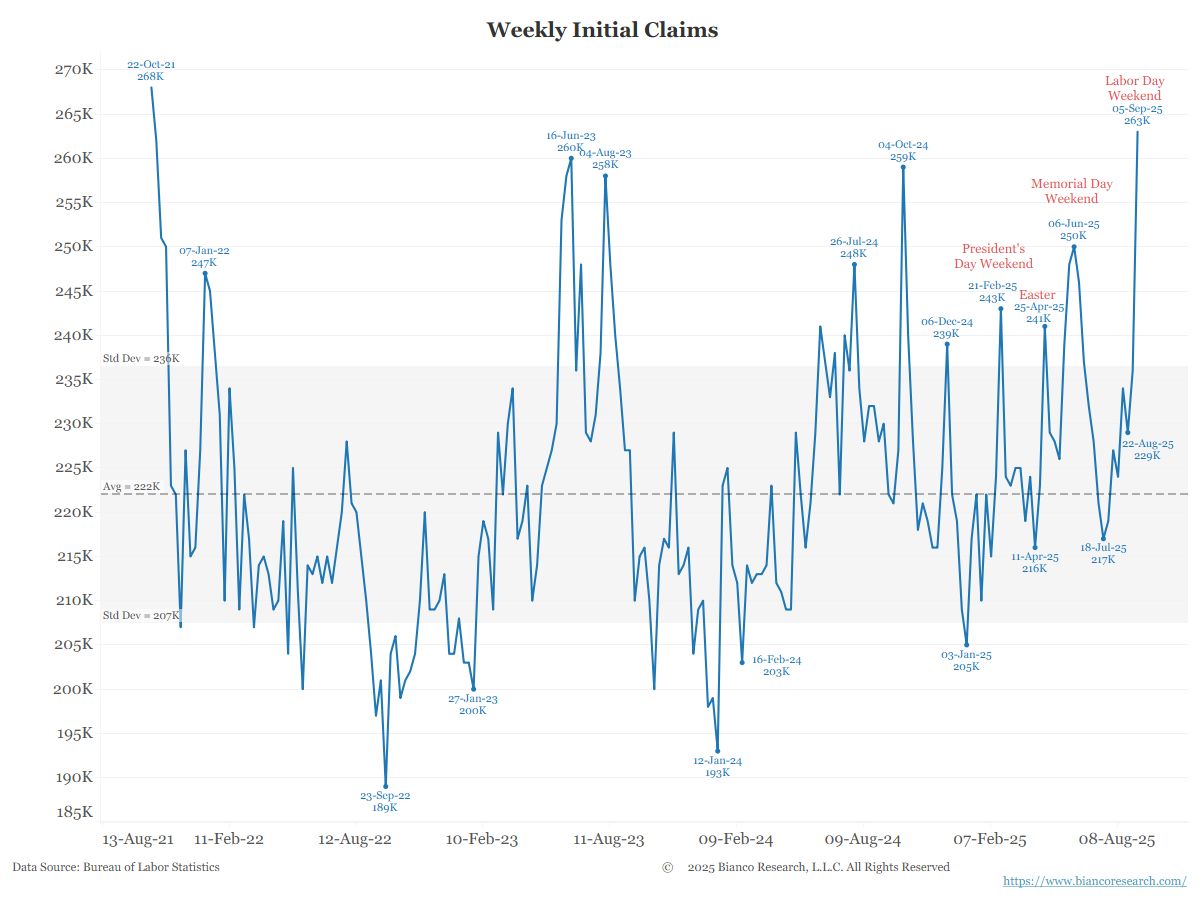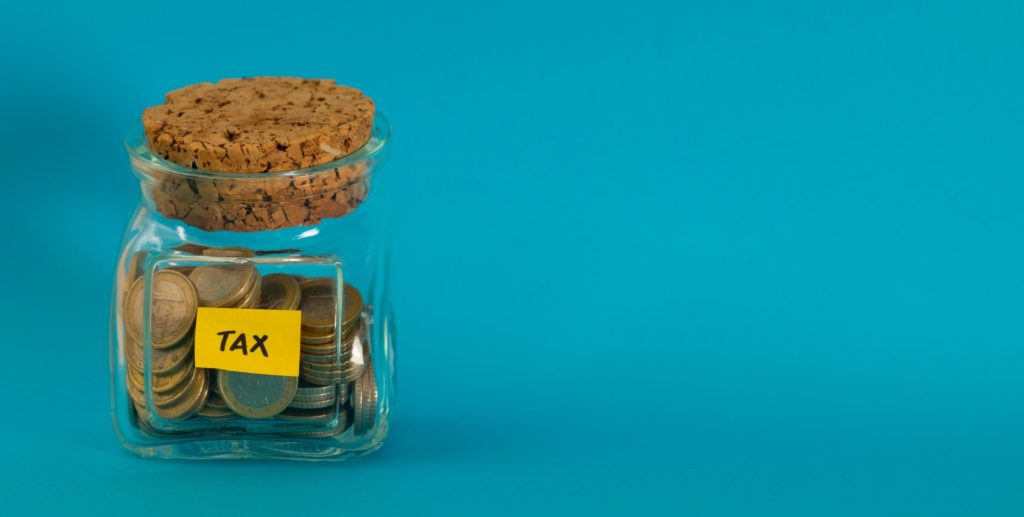Hong Kong has shown the economic growth potential of a free economy. The 2017 Economist review of a book by Neil Monnery on John Cowperthwaite, the British civil servant who administered the British territory from 1945 to 1971, is required reading. The title and subtitle of the review announces its content: “Meet the Invisible Hand Behind Hong Kong’s Rise–Sir John Cowperthwaite Is That Most Unlikely of Things: A Bureaucrat Hero to Libertarians” (October 5, 2017).
My VPN suggests that one can access this article without being a subscriber. If that is not the case, it is worth running (or flying an electronic carpet) to your university or local library to get it. You can also get the gist in the post you are reading:
[Cowperthwaite] arrived in a Hong Kong in ruins from a brutal Japanese occupation. … He knew that the territory’s lack of natural resources meant that post-crisis prosperity depended on its ability to attract entrepreneurs and capital.
That meant government’s role was to provide freedom rather than help.
Cowperthwaite routinely rejected subsidy requests. He banned the collection of mAdam acroeconomic statistics lest they provide excuses for government controls. He said:
We suffer a great deal today from the bogus certainties and precisions of the pseudo-sciences which include all the social sciences including economics. I myself tend to mistrust the judgment of anyone not involved in the actual process of risk-taking.
He had been educated in classics and economics and was influenced by Adam Smith:
That gave him the foundation to debate with free-spending colleagues influenced by John Maynard Keynes.
Laissez-faire was needed for Hong Kong:
As industries such as cotton spinning, enamelware and wigs declined and Cowperthwaite declined to offer assistance, businesses shifted their attention to promising areas such as toy and electronics production, and then finance. Migrants found work in the expanding industries, becoming a cog in a productive engine rather than merely a cost.
It is also worth reading Milton Friedman’s short article “The Hong Kong Experiment.” There is some supporting video evidence at https://www.youtube.com/watch?v=xqh0zXSd4vc (the video quality is not as good as the original Freedom Network TV production). Amy Willis provides some more information including a link to an interesting EconTalk conversation between Russ Roberts and Neil Monnery.
It is true that under Cowperthwaite, Hong Kong was not totally laissez-faire (see the conversation with Monnery on this), but its government was certainly the least interventionist of our time while protecting property rights and freedom of contract, with impressive results.
The Maddison Project allows us to quantify the result of this laissez-faire policy better than Friedman was able to do (I am using the Maddison 2020 database). In 1950, according to this data, Hong Kong’s real GDP per capita was 27% of the US level. Until the territory was ceded to the Chinese state in 1997, Hong Kong grew so rapidly that this proportion had risen to 80% by 1997. Between 1997 and 2018 (the last estimate available), Hong Kong’s rate of economic growth diminished from 4.7% to 2.1%, but that was still sufficient for its real GDP per capita to reach 92% of the American level. (The Asian financial crisis of 1997 impacted Hong Kong’s GDP in 1998, but without changing the general portrait.) As the “one country, two systems” promised by the Chinese rulers for 50 years was fraught with uncertainty, and has indeed started to be degraded, the growth after 1997 remains an achievement, but is not likely to continue.
The Chinese mainland itself, with its increasingly planned and regimented economy, will soon, if not already observable, reach the limit of the high growth that a rapid liberalization and participation in world trade previously permitted. (On the current economic problems in China, see “China Growth to Fall Behind Rest of Asia for First Time Since 1990,” Financial Times, September 26, 2022.)
















